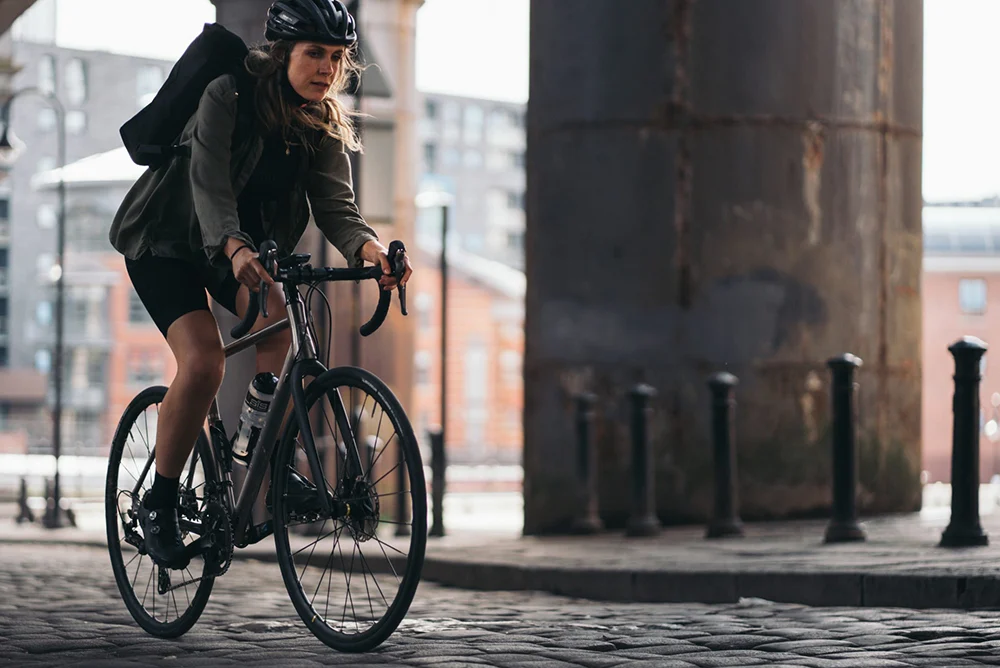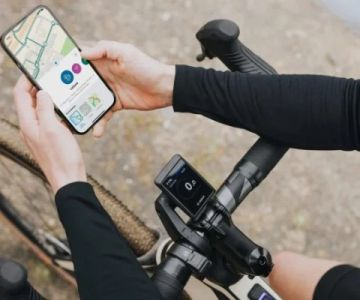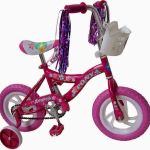
- choose-the-right-bike-for-your-commute
- plan-your-commute-route-in-advance
- gear-up-smartly-for-daily-cycling
- practice-riding-and-traffic-awareness
- handle-weather-changes-and-emergencies
- make-it-a-sustainable-habit
1. Choose the Right Bike for Your Commute
Starting your journey to commute by bike begins with selecting the appropriate bicycle. Not all bikes are created equal, and the best one for you depends on the distance, terrain, and type of roads. For example, city commuters may prefer a lightweight hybrid with fenders and a rack, while those with longer commutes might choose a road bike for speed. A marketing executive in Chicago shared how switching to a folding bike revolutionized his 5-mile train-plus-bike commute. If you're unsure where to begin, visit Cycling Guider to explore the best commuter bikes tailored to your needs.
2. Plan Your Commute Route in Advance
Don’t just follow your car’s route. What’s efficient for vehicles might be stressful or unsafe for bikes. Look for bike lanes, quieter side roads, and parks. Apps like Komoot or Google Maps (cycling mode) help you test routes before riding. Anna, a first-time commuter in Austin, initially chose a path that included a highway overpass—until she discovered a riverside trail that was safer and more scenic. Always time your route, include buffer time, and locate repair shops or rest stops just in case.
3. Gear Up Smartly for Daily Cycling
Beyond your bike, your gear makes all the difference. A good helmet, front and rear lights, and a reflective vest are essential, especially if you’ll be riding before sunrise or after sunset. Consider a waterproof pannier for your laptop or work attire. Ben, an engineer from Portland, swears by his breathable rain shell and foldable backpack. Keeping a mini tool kit and spare tube can save you from being late due to a flat. For a curated collection of trusted gear, Cycling Guider offers commuters well-reviewed essentials.
4. Practice Riding and Traffic Awareness
Commuting in traffic isn’t just about pedaling; it’s about reading traffic like a driver. Understand hand signals, learn to ride predictably, and avoid weaving between cars. Consider practicing your full route on a weekend to build confidence. A high school teacher from Seattle mentioned how a “test ride” helped him avoid a tricky roundabout and find a safer detour. If you’re unsure, some cities offer urban cycling safety classes—it’s worth attending, especially for beginners.
5. Handle Weather Changes and Emergencies
Weather is one of the biggest concerns for new commuters. But with preparation, you can ride year-round. Keep a compact rain poncho in your bag, and stash a change of clothes at work if possible. Summer heat? Hydration is key—carry a bottle and use breathable gear. Unexpected flat? Know how to patch a tube or use a CO₂ inflator. Real cyclists like Maria in Denver keep a small “crisis kit” with band-aids, electrolyte powder, and a backup bus card—simple things that make a huge difference when plans go sideways.
6. Make It a Sustainable Habit
Transitioning to bike commuting is more mental than physical. Start with 1–2 days a week and gradually increase as your comfort builds. Celebrate small wins—riding even on a day you didn’t feel like it is progress. One of the most motivating stories comes from Ravi, a software developer in San Diego, who began cycling three days a week and eventually ditched his car altogether. Not only did he save hundreds monthly, but he also lost weight and became more energized. To stay motivated, join a cycling community or track your rides. And whenever you're ready to upgrade or need pro advice, Cycling Guider is your trusted ally.







 Billet BMX5.0 (2 reviews)
Billet BMX5.0 (2 reviews) Far East Children Bicycle Factory1.0 (1 reviews)
Far East Children Bicycle Factory1.0 (1 reviews) Archer Motorsports, Inc.4.0 (8 reviews)
Archer Motorsports, Inc.4.0 (8 reviews) YEP Bike Works4.0 (55 reviews)
YEP Bike Works4.0 (55 reviews) Gorham Bike & Ski4.0 (498 reviews)
Gorham Bike & Ski4.0 (498 reviews) Alchemy Bikes4.0 (37 reviews)
Alchemy Bikes4.0 (37 reviews) How to Teach Kids to Ride a Bike: A Step-by-Step Guide for Parents
How to Teach Kids to Ride a Bike: A Step-by-Step Guide for Parents Tips for Riding on Busy City Streets: Smart Strategies for Urban Cyclists
Tips for Riding on Busy City Streets: Smart Strategies for Urban Cyclists Best US National Parks for Mountain Biking: Ride Epic Trails Across America
Best US National Parks for Mountain Biking: Ride Epic Trails Across America Best Aero Helmets for Time Trials and Racing
Best Aero Helmets for Time Trials and Racing How to Clean and Lubricate Your Bike Chain Like a Pro
How to Clean and Lubricate Your Bike Chain Like a Pro 10 Must-Have Items for Long-Distance Cycling Trips
10 Must-Have Items for Long-Distance Cycling Trips